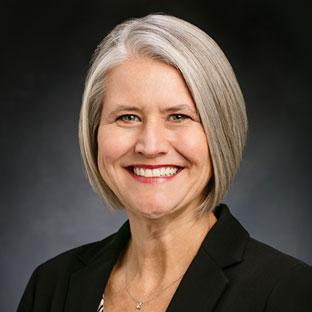CHILDES English Champaign Corpus

|
Matthew Rispoli
Speech and Hearing Science
University of Illinois
mrispoli@illinois.edu
|

|
Pam Hadley
Speech and Hearing Science
University of Illinois
phadley@illinois.edu
|
| Participants: | 44 |
| Type of Study: | longitudinal, observational |
| Location: | Urbana-Champaign IL |
| Media type: | audio/video archived |
| DOI: | doi:10.21415/RE7A-2P42 |
Hadley, P. A., Rispoli, M., Holt, J. K., Fitzgerald, C., & Bahnsen, A. (2014). Growth of finiteness in the third year of life: Replication and predictive validity. Journal of Speech, Language, and Hearing Research, 57(3), 887-900.
In accordance with TalkBank rules, any use of data from this corpus must be
accompanied by at least one of the above references.
Corpus Description
- 44 typically developing toddlers (22 female).
- All families spoke Standard American English.
- All toddlers demonstrated;
- a passing score on the communication section of the Ages and Stages Questionnaires (ASQ; Bricker & Squires, 1999) at 21 and 24 months of age.
Bricker, D., & Squires, J. (1999). Ages & Stages Questionnaires: A parent-completed, child-monitoring system (2nd ed.). Baltimore, MD: Brookes
- expressive vocabulary abilities at or above the 10th percentile at 24 months (Fenson et al., 2007)
Fenson, L., Marchman, V., Thal, D., Dale, P., Reznick, J., & Bates, E. (2007). MacArthur–Bates Communicative Development Inventories (2nd ed.). Baltimore, MD: Brookes.
- production of at least two different words with each of the final consonants /t, d, s, z/ in their spontaneous language samples by 30 months.
- Longitudinal data were obtained at 6 measurement points, when children were approximately 21, 24, 27, 30, 33, and 36 months of age.
- Informed consent was obtained from the children’s parents, and the children assented to participation in play sessions at each measurement point
- Language samples were gathered in a lab playroom.
- Sessions lasted 1-hr, divided into two sampling contexts.
- The first sampling context was parent–toddler free-play with age-appropriate toys.
- The second sampling context included an examiner to introduce semi-structured play scenarios, creating opportunities for tense and agreement morphemes.
- Transcription was completed in multiple passes by trained transcribers.
- Transcribers completed approximately 20 hrs. of training.
- transcribers completed three consecutive training transcripts at 80% reliability overall and 90% reliability for tense and agreement morphemes.
- 1st transcription pass: 1st transcriber listened to child utterances no more than 3 times. Words and utterances that could not be transcribed within 3 repetitions were marked as unintelligible.
- 2nd transcription pass: 2nd transcriber completed a consensus pass, relistening to the recording and marking as unintelligible any part of the transcript that could not be confirmed.
- 2nd transcriber removed tense and agreement morphemes that could not be confirmed.
- Standardized word spellings to ensure that general measures of lexical diversity were not inflated (e.g., ducky and duck were counted as a single word).
- Conventions regarding repetition, fillers, compounds, etc. followed Brown (1973) Table 7. p. 54.
Brown, R. (1973). A first language: The early stages. Harvard University Press.
- Transcripts were originally created in SALT, and converted to CHAT using the Salt2Chat program. Some inconsistencies with CHAT format may have resulted.
Miller, J., & Iglesias, A. (2012). Systematic analysis of language transcripts (SALT), research version 2012 [computer software]. Middleton, WI: Salt Software, LLC.
- Further details of data collection and recording, participant demographics, examiner and transcriber training, play scenarios, and transcription conventions can be found in article listed above.
Acknowledgements
This study was supported by National Study Foundation Grant BCS-082251, awarded to Matthew Rispoli and Pamela A. Hadley. We are grateful for the commitment of the participating parents and children to this project and to the numerous students who assisted with data collection and transcription.



